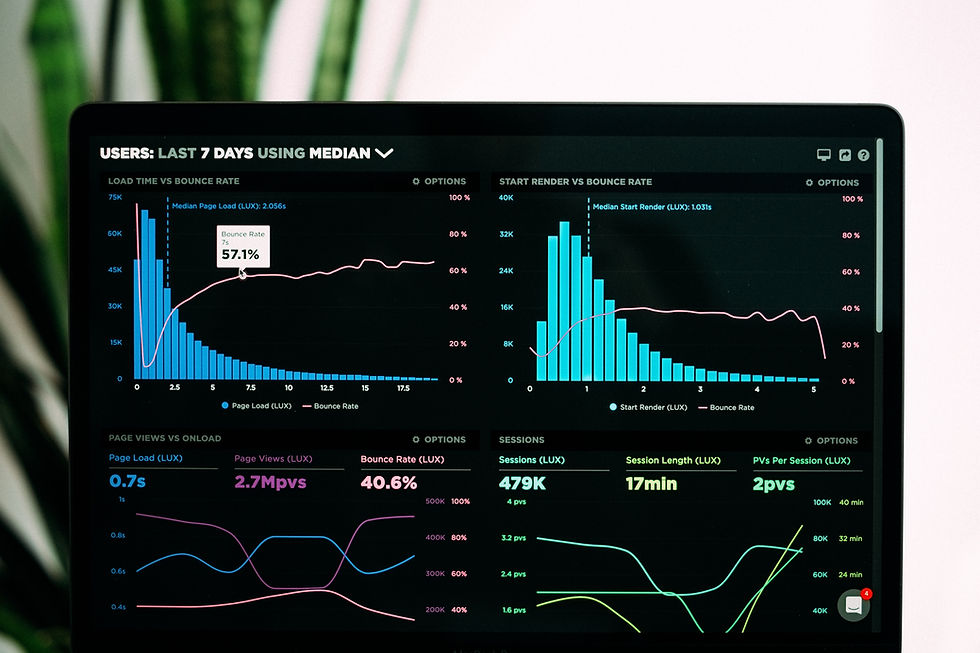
Metrics are everything. They allow managers to track progress, assess performance, and make informed decisions about where to allocate resources. However, not all metrics are created equal. Some metrics, known as vanity metrics, can give you a false sense of progress and can actually be damaging to your business. Let’s break down what vanity metrics are and explain why you should avoid them.
What Are Vanity Metrics?
Vanity metrics are quantitative measures that don't provide any actionable insights. They might make you feel good, but they won't help you improve your business or achieve your goals. Common examples of vanity metrics include measures of social media engagement (likes, shares, retweets) and website traffic (unique visitors, pageviews).
While it's important to track these numbers, they shouldn't be your primary focus. That's because they don't tell you anything about how your business is actually performing. For example, a high number of page views on your website doesn't mean anything if those visitors aren't taking any actions that generate revenue for your business (such as making a purchase or subscribing to your newsletter).
Related Content: Key hiring metrics to track
Why You Should Avoid Vanity Metrics
Vanity metrics can be dangerous because they can give you a false sense of progress. When all you're focused on is increasing likes or page views, it's easy to lose sight of what's really important—generating revenue and profit. As a result, you might make decisions that don't align with your business goals and end up wasting time and money in the process.
For example, let's say you're trying to increase website traffic from search engines. You might be tempted to stuff your website with keywords in an attempt to rank higher in search results. However, this approach is likely to annoy potential customers and could end up hurting your business in the long run. A better use of your time would be to create high-quality content that people actually want to read—even if it means getting fewer visitors to your site overall.
They're easy to manipulate. Just because a metric is quantifiable doesn't mean it's difficult to manipulate. For example, social media engagement can be artificially inflated by paying bots to engage with your profile over and over again.
They don't take into account quality. Not all increases in data are created equal. For example, just because someone visited your site doesn't mean they're interested in what you have to offer or that they'll ever come back.
They don't tell you anything about your bottom line. At the end of the day, what really matters is whether or not your website or other platforms are generating revenue or leads. Vanity metrics like page views, social media followers, and CTR don't necessarily translate into dollars and cents.
Why KPIs Matter
Unlike vanity metrics, true KPIs are important because they give you actionable insights into how well your business is doing at meeting its objectives. By focusing on KPIs, you can make changes that will have a positive impact on your bottom line.
Related Content: Performance reviews for remote workers
A Note on Data interpretation
It's important to remember that data should never be interpreted in a vacuum. Before you can decide whether or not a metric is a vanity metric or a KPI, you need to understand the context in which it was generated. For example, let's say you run an e-commerce store and your conversion rate goes from 2% to 1%. That might seem like a bad thing at first glance—but it could actually be a good sign! If your traffic increased by 100% during that same time period, then your absolute number of conversions also increased (2% of 100 visitors is 2 conversions; 1% of 200 visitors is 2 conversions). In this case, even though your conversion rate decreased, you generated more conversions overall—which means more revenue for your business!
True success comes from understanding which metrics actually matter—and which ones don't. Vanity metrics might make you feel good in the short term, but they won't give you an accurate picture of how well your website is performing. On the other hand, KPIs provide actionable insights that can help improve your bottom line. When interpreting data, always remember to consider the bigger picture so that you can make informed decisions about where to focus your attention (and resources).

Comments